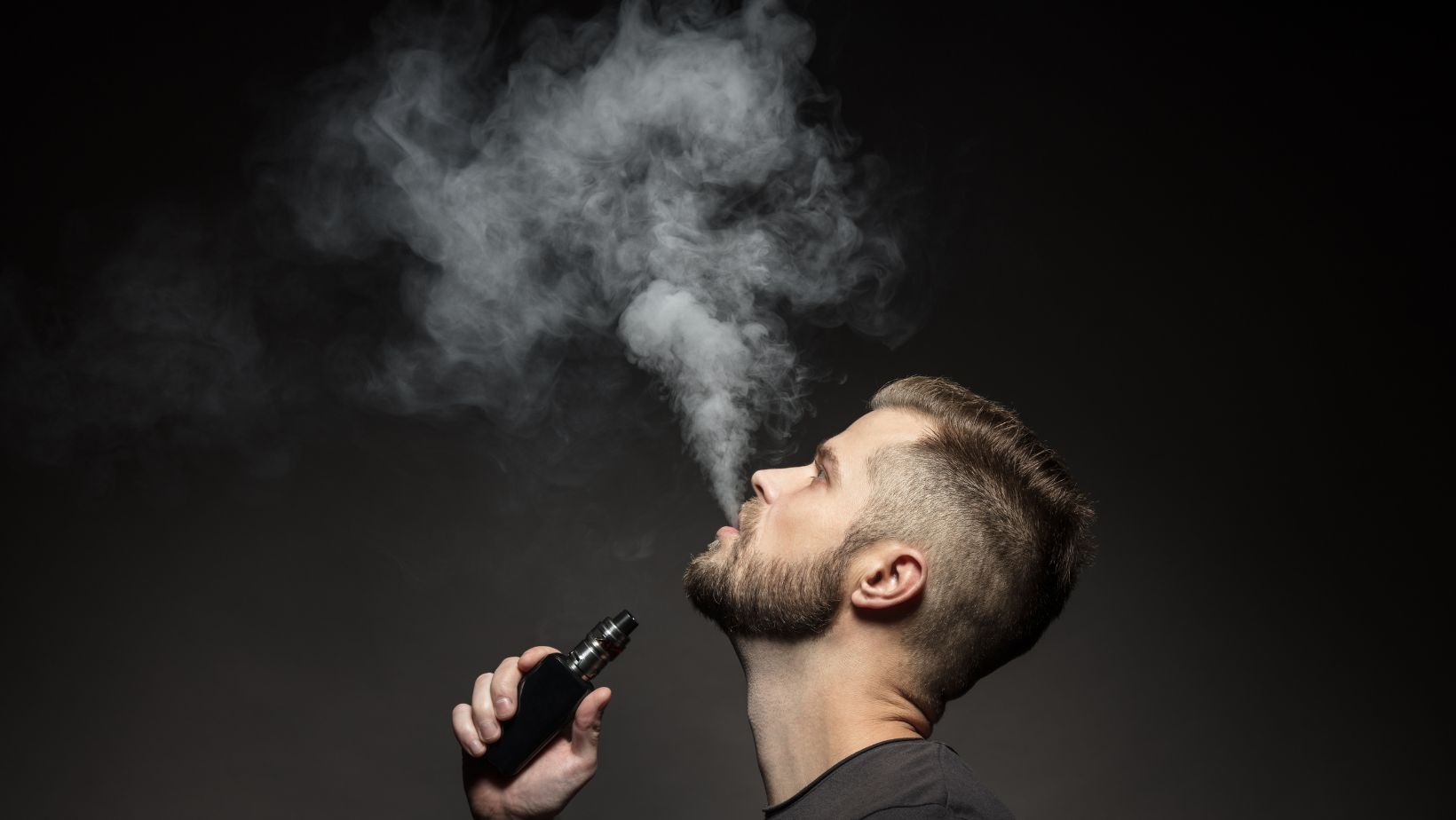Vaping, a phenomenon that has swiftly ascended from niche interest to global trend, represents more than just an alternative to traditional smoking. It’s a fusion of technology, lifestyle, and personal expression that continues to captivate millions worldwide. This surge in popularity isn’t just about the smoke-free aspect; it’s about the intriguing world that unfolds within the vapors.
In this article, we uncover facts that go beyond the common knowledge. From its intriguing origins to the diverse spectrum of vape juices, we’re set to explore the lesser-known facets of vaping that make it a unique and evolving culture.
The Evolution of Vaping: From Past to Present
The concept of vaporizing substances for inhalation dates back centuries, but the modern e-cigarette was only conceptualized in the early 2000s. The first successful model was developed by a Chinese pharmacist, Hon Lik, in 2003, driven by a personal mission to create a safer alternative to traditional tobacco smoking after losing his father to lung cancer.
This innovation marked a pivotal moment in the history of smoking and nicotine consumption. The early prototypes were rudimentary, resembling traditional cigarettes in appearance, but they laid the foundation for a new era in ‘smoking’.
Over the years, vaping technology has seen significant advancements. From the introduction of customizable mods that allow users to control vapor production and flavor intensity, to the development of pod systems offering convenience and portability, each milestone has catered to a growing and diverse user base.
Today, vaping devices come in various forms, from sleek, pen-like models to more sophisticated, high-powered devices. These advancements not only offer improved user experiences but also reflect the evolving preferences and lifestyles of vapers around the globe.
Understanding Vape Juice: Composition and Variety
Vape Juice is a key component that significantly defines the pleasure and satisfaction derived from vaping. Also known as e-liquid or e-juice, it is a fluid used in vaporizers and electronic cigarettes to create vapor. Its basic composition includes propylene glycol (PG) or vegetable glycerin (VG), or a combination of both. PG and VG serve as the base to which flavorings and nicotine are added.
The ratio of PG to VG varies, influencing the throat hit and vapor production.
The diversity in vape juice flavors is astounding, catering to virtually every palate, from classic tobacco and refreshing menthol to exotic fruits and indulgent desserts. This variety not only makes the experience appealing but also personalized. Nicotine levels are also varied, ranging from high-strength for heavy smokers to nicotine-free options for those who enjoy the act of vaping without the nicotine hit.
Health and Safety: Debunking Myths and Facts
Vaping’s impact on health and safety is often surrounded by myths and misconceptions. Here’s a factual breakdown to provide clarity:
Myth: Vaping is as Harmful as Smoking
- Fact: Public Health England states that vaping is 95% less harmful than traditional smoking. Unlike cigarettes, vapes don’t burn tobacco and, therefore, don’t produce tar or carbon monoxide, two of the most dangerous elements of tobacco smoke.
Myth: E-cigarettes Lead Non-Smokers to Smoking
- Fact: There’s little evidence suggesting that e-cigarettes are a gateway to smoking, especially among those who have never smoked. Most vapers use them to quit smoking or reduce their habit.
Myth: Secondhand Vapor is Dangerous
- Fact: While the long-term effects of secondhand vapor are still being studied, current evidence indicates that the risks are significantly lower compared to passive smoke from cigarettes.
Myth: Vaping Doesn’t Help in Quitting Smoking
- Fact: Many smokers have successfully used vaping as a tool to quit smoking. E-cigarettes can provide the nicotine hit that smokers crave, without the high levels of harmful substances found in tobacco.
Myth: Vape Juices Contain Dangerous Chemicals
- Fact: Reputable vape juice manufacturers adhere to strict quality control, ensuring their products are free from harmful chemicals. It’s crucial to purchase vape juices from credible sources to ensure safety and quality.
Myth: Nicotine in Vaping is the Main Culprit of Health Issues
- Fact: While nicotine is addictive, it’s not the primary cause of smoking-related diseases.

The major health risks are due to other chemicals in tobacco smoke, many of which are not present in e-cigarette vapor.
Myth: Vaping Leads to ‘Popcorn Lung’
- Fact: The condition known as ‘popcorn lung’ is primarily associated with a chemical called diacetyl, which was found in some early vape juices. However, most reputable brands have eliminated this chemical from their products, and regulatory bodies closely monitor and restrict harmful substances in formulas.
Myth: Vaping Devices Often Explode
- Fact: Incidents of vaping devices exploding are rare and are usually linked to improper use or charging of the batteries.

Using the correct charger and following manufacturer guidelines significantly reduces any such risks. Also, it is highly recommended that you choose vape batteries that are specifically made for your device.
Myth: Vaping Doesn’t Affect Fitness or Athletic Performance
- Fact: While vaping is less harmful than smoking, it isn’t risk-free. Inhaling any substances into your lungs can potentially impact respiratory health and athletic performance.
Conclusion
A blend of innovation and tradition, vaping offers a fascinating glimpse into a world where technology meets lifestyle. From its humble beginnings to the diverse array of vape juices and the debunking of common myths, the phenomenon stands as a testament to personal choice and evolving habits. As we navigate through fact and fiction, it’s clear that vaping is more than just an alternative to smoking; it’s a dynamic, ever-evolving culture that continues to captivate and intrigue.





























































































